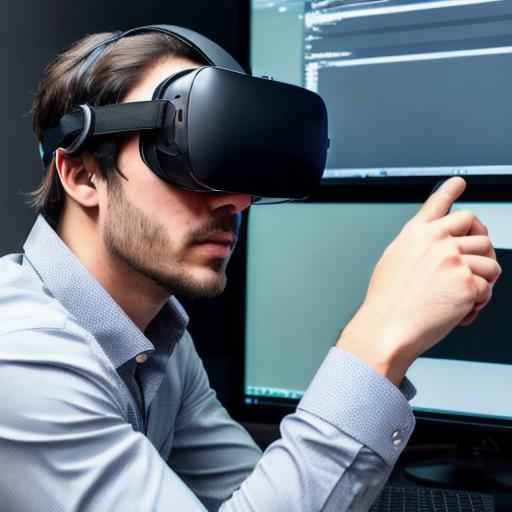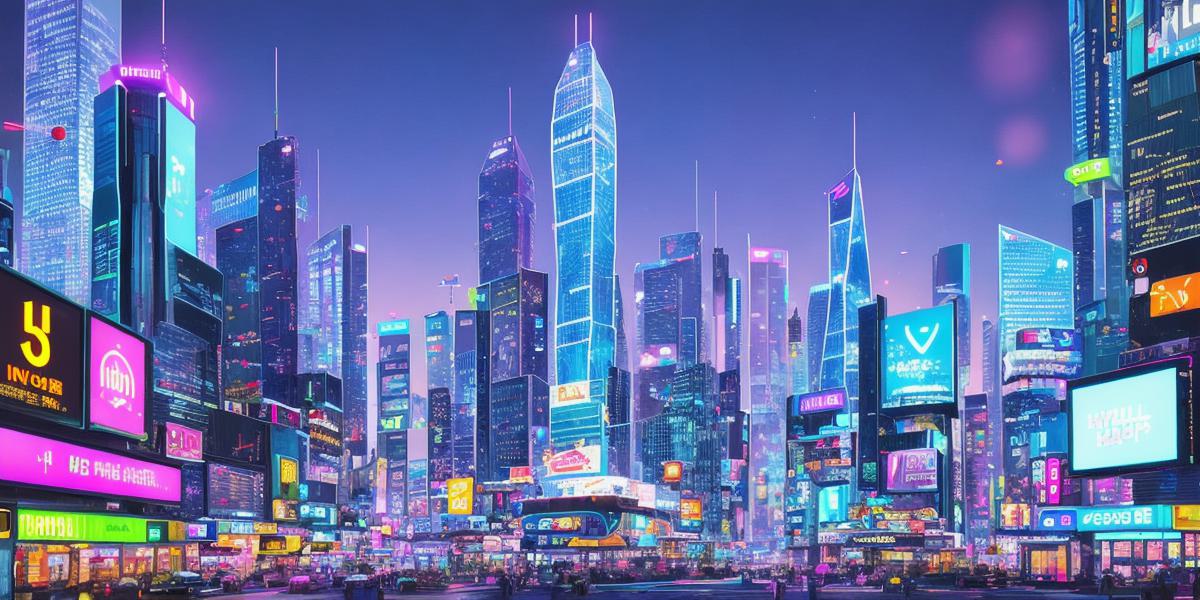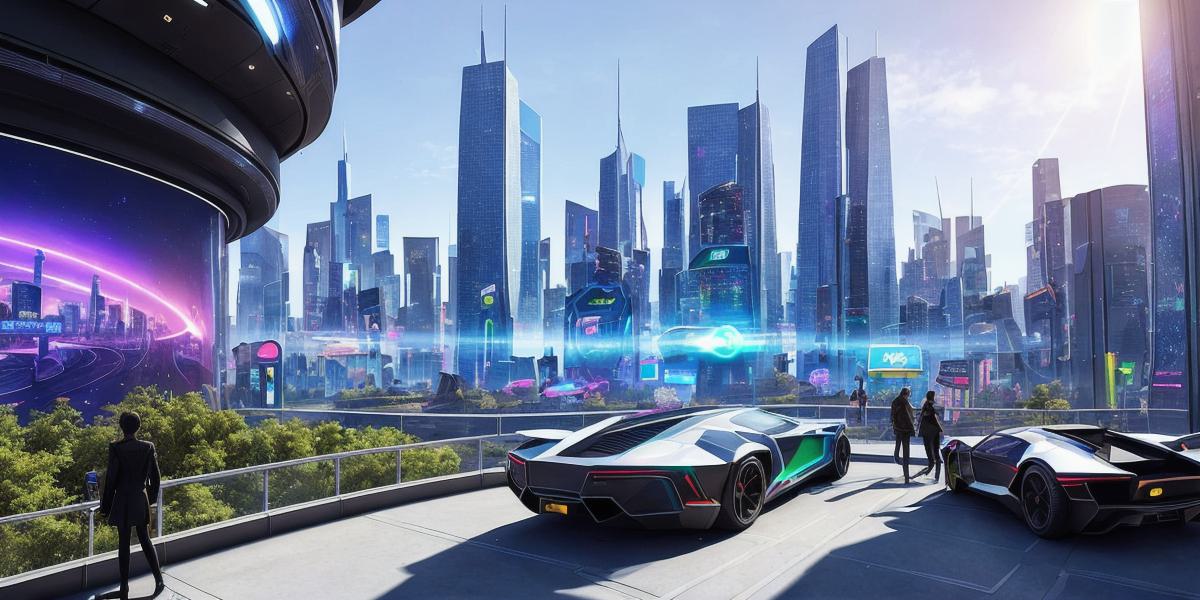If you’re a Metaverse developer, navigating virtual reality technology can be a challenging task. With so many different tools and technologies to choose from, it can be difficult to know where to start. That’s why we’ve put together this roadmap to help you navigate the world of virtual reality technology.
Step 1: Understanding the basics of virtual reality
Before you dive into the world of Metaverse development, it’s important to understand the basics of virtual reality. This includes understanding what virtual reality is, how it works, and the different types of virtual reality technologies that are available. By understanding these fundamentals, you’ll be better equipped to choose the right tools and technologies for your project.
Step 2: Choose a development platform

Once you have a good understanding of virtual reality basics, it’s time to choose a development platform. There are many different platforms available, including Unity, Unreal Engine, and A-Frame. Each platform has its own strengths and weaknesses, so it’s important to choose the one that best fits your project requirements.
Step 3: Design and develop your Metaverse experience
With your development platform chosen, it’s time to start designing and developing your Metaverse experience. This includes creating a user interface, designing the virtual environment, and programming the interactive elements of your experience. It’s important to keep in mind that Metaverse experiences should be engaging, immersive, and intuitive for users.
Step 4: Test and refine your Metaverse experience
Once you’ve finished developing your Metaverse experience, it’s time to test it out and refine it based on user feedback. This includes testing the experience in a virtual reality environment, gathering feedback from beta testers, and making adjustments as needed. By continually testing and refining your Metaverse experience, you can ensure that it provides a seamless and enjoyable user experience.
Step 5: Launch and market your Metaverse experience
With your Metaverse experience ready to go, it’s time to launch it and start marketing it to potential users. This includes creating a website or landing page, building a social media presence, and reaching out to influencers and other potential partners. By effectively marketing your Metaverse experience, you can attract more users and build a strong user base.
FAQs:
- What is the difference between virtual reality and augmented reality?
- Virtual reality creates an entirely new digital environment that replaces the real world, while augmented reality overlays digital elements onto the real world.
- What are some common challenges for Metaverse developers?
- Some common challenges include creating a seamless user experience, ensuring compatibility across different devices and platforms, and balancing immersion with usability.




